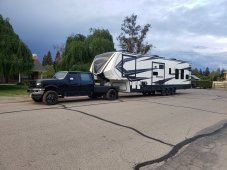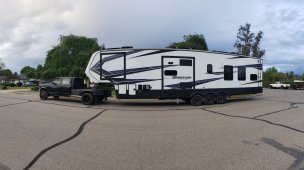I tested ever panel that I have, totaling 58 panels, and damn was that a chore! I bought the small Solar Panel Tester on Amazon, not expecting the actual wattage to be accurate, but to get an idea of any completely dead panels, or any that were severely underperforming. My results are pretty ridiculous.
I have 25 panels that are 1 year old, and they have been in commission for about 9 months of that time. 22 of them tested over 190w, (which I would deem acceptable), 2 of them around 175w, (which is borderline for me) and 1 tested 62w. The 1 that tested 62w actually has a bad seal, and has a ton of rust inside, which is the reason I was getting 1 free replacement.
The other 33 panels that my father picked up are kind of a different story. I have a few around 230w (Which is amazing when the temps are 100+* outside right now), a good majority over 200w, and 8 panels all under 175w, with the worst being 106w. All of them look good, and the worst looking ones somehow tested with the most output!
I asked SanTan what an acceptable range would be for testing panels, and all he said was if they are between 33-35v VOC, then they should be fine. Well, all 58 of my panels tested atleast 33v, including my 1x that was at 62w, so clearly this is NOT an acceptable way to test solar panels....
I've asked for replacements; we'll see what happens.





